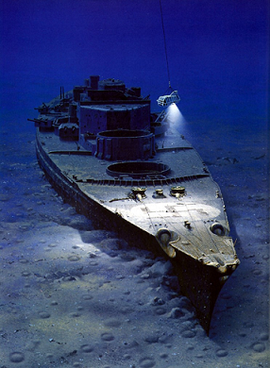On the subject of (USN) Iowa class battleships, I recently dug out and scanned in these old photos. I took them from a small plane I flew over Long Beach, California, back before they got rid of most of our military bases here. These are New Jersey and Missouri. New Jersey is the one with its main guns raised.
Apologies for the picture quality. These were from a good 35mm film SLR camera, as low as I was allowed to fly (about 1 boat-length, in the case of these!), but taken through the window of the plane while I was looking all around trying to avoid a mid-air collision...
New Jersey and Missouri are long gone, to Camden, New Jersey and Pearl Harbor, Hawaii, respectively. Iowa is now nearby, in San Pedro, as a museum ship. I've never visited or even seen Wisconsin.
A question for the group: I noticed there appears to be a thin red line suspended between New Jersey's aft gun turret and its stern. I thought it was a scratch in the negative or something, but it appears to be in both pictures. Any idea what it was?
Apologies for the picture quality. These were from a good 35mm film SLR camera, as low as I was allowed to fly (about 1 boat-length, in the case of these!), but taken through the window of the plane while I was looking all around trying to avoid a mid-air collision...
New Jersey and Missouri are long gone, to Camden, New Jersey and Pearl Harbor, Hawaii, respectively. Iowa is now nearby, in San Pedro, as a museum ship. I've never visited or even seen Wisconsin.
A question for the group: I noticed there appears to be a thin red line suspended between New Jersey's aft gun turret and its stern. I thought it was a scratch in the negative or something, but it appears to be in both pictures. Any idea what it was?



